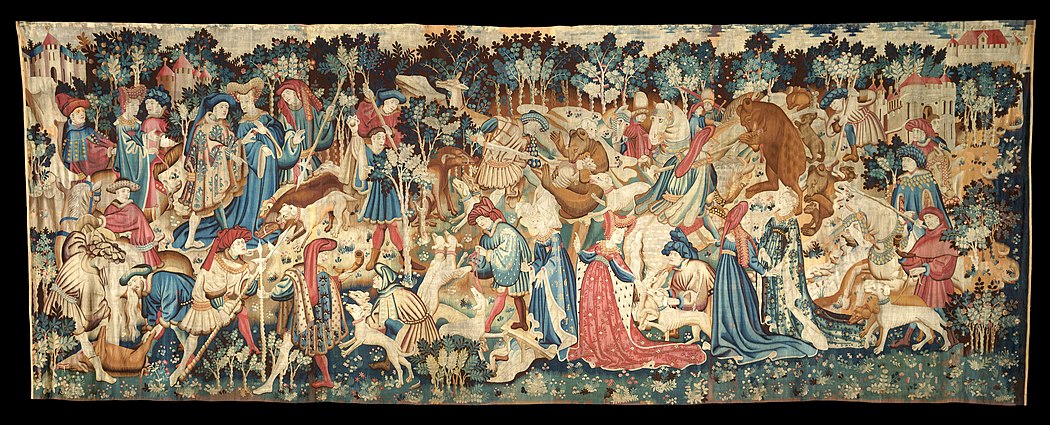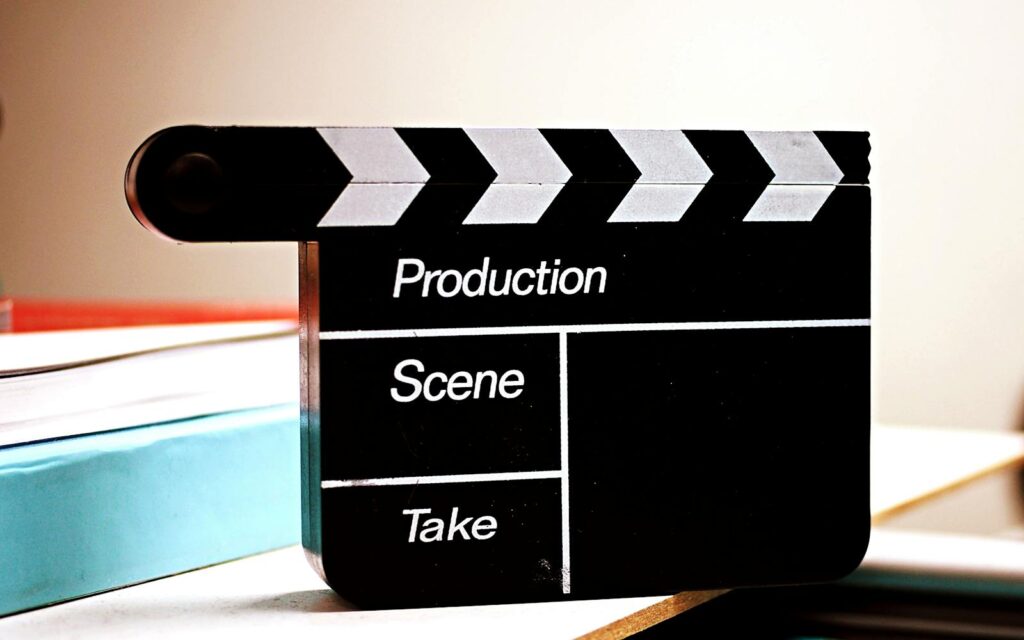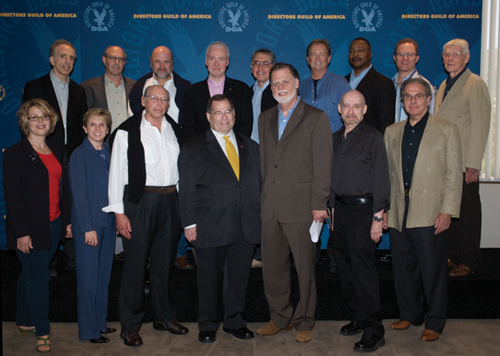
In the sprawling, intricate tapestry of cinema, true mastery transcends mere dialogue or explicit plot points. Award-winning directors, the architects of our most compelling visual experiences, possess a secret language—a sophisticated lexicon of cues and commands that shapes every frame and imbues every scene with profound meaning. This isn’t just about what characters say or do; it’s about the unspoken truths, the visual poetry, and the precise orchestration of a bustling film set, all converging to tell a story that resonates far beyond the screen.
This “secret language” manifests in myriad forms, from the subtle psychological undercurrents embedded in a scene’s subtext to the immediate, decisive shouts that kickstart or halt a pivotal take. It encompasses the rich tapestry of symbolism and metaphor, where objects and actions become conduits for deeper ideas, as well as the technical shorthand that ensures every visual nuance of a director’s vision is meticulously captured. Understanding these layers offers an invaluable glimpse into the intellectual rigor and creative genius behind the movies that define our culture and challenge our perceptions.
To fully appreciate the craft of these cinematic titans, we must journey beyond the surface narrative and peer into the director’s toolkit. We will explore how they communicate their vision, not just to actors, but to the entire crew, and ultimately, to us, the audience. This exploration will uncover the implicit and explicit signals that transform a script into a living, breathing world, revealing the nuanced perspectives and sharp observations that elevate filmmaking to an art form.

1. **Subtext: The Silent Dialogue of Cinema**Subtext, often the most elusive yet powerful tool in a director’s arsenal, represents the unspoken layer of a narrative. It’s the realm where characters’ interactions, seemingly mundane on the surface, hum with unsaid messages, hidden emotions, and latent intentions. Filmmakers adeptly weave subtext into their storytelling to add profound depth, inviting the audience to engage on a subconscious, intellectual, and emotional level.
Consider a scene where two characters exchange polite, even trivial, dialogue. Beneath these words, a seasoned director might orchestrate their body language, eye contact, or slight hesitations to hint at an unspoken attraction, a simmering resentment, or a concealed agenda. The true power of subtext lies in its ability to force the audience to ‘read between the lines,’ fostering a more intimate connection with the characters’ inner worlds and their complex motivations, making the cinematic experience all the more rewarding.
This technique allows directors to craft narratives that are rich with psychological nuance, demanding active participation from viewers who piece together emotional truths from subtle cues. It’s a testament to the filmmaker’s ability to trust their audience, providing just enough information for interpretation without explicitly spelling out every detail. The effectiveness of subtext often distinguishes truly memorable performances and narratives from those that merely scratch the surface of human experience.
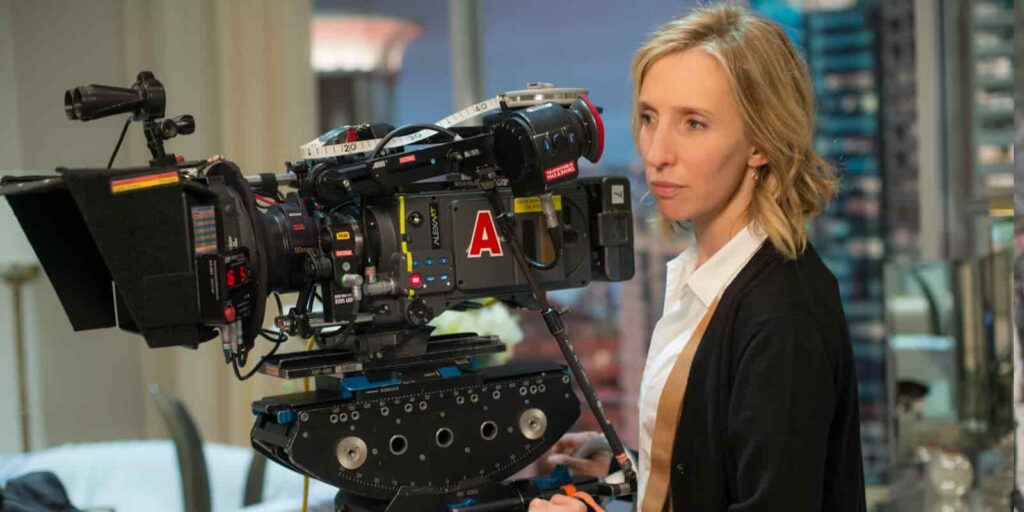
2. **Symbolism: Crafting Visual Metaphors for the Soul**Symbolism is the art of imbuing objects, actions, or elements within a story with deeper meanings and profound significance, essentially turning them into visual metaphors. These symbols serve as powerful shorthand for themes, emotions, or abstract ideas, allowing directors to add layers of meaning that enrich the narrative and provoke deeper thought without relying solely on dialogue.
Take, for instance, a classic cinematic trope: a red rose might symbolize love and passion, while a barren, desolate landscape can represent isolation or despair. The brilliance of symbolism lies in its universal resonance; these visual cues tap into collective human understanding, providing immediate emotional and intellectual context. A director uses these symbols as subtle brushstrokes on the canvas of a film, making the story richer and more evocative than if the themes were merely stated.
A powerful example from the context is the rock hammer in “The Shawshank Redemption.” This seemingly simple tool transcends its utilitarian purpose to embody the spirit of hope and determination, as Andy Dufresne uses it to painstakingly tunnel his way to freedom. The rock hammer, under the director’s guidance, becomes a potent symbol of the human spirit’s capacity to endure and overcome obstacles, even in the most oppressive circumstances, deeply connecting with audiences on an aspirational level.
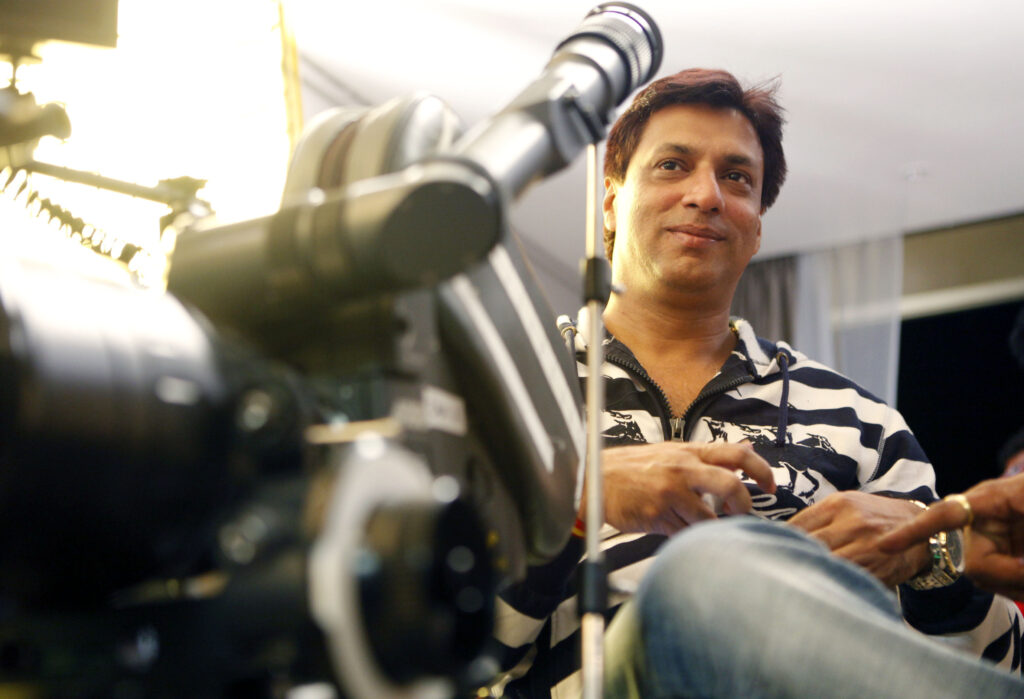
3. **Metaphors: Bridging the Unseen to the Concrete**Beyond objects, metaphors are another potent tool in a filmmaker’s kit, representing direct comparisons between two seemingly unrelated elements to create vivid connections and enhance understanding. These comparisons can manifest in both dialogue and profound visual elements, serving to express complex ideas in a way that is both accessible and memorable, resonating long after the credits roll.
The famous line from “Forrest Gump,” “Life is like a box of chocolates,” serves as a brilliant example. This dialogue metaphor encapsulates the unpredictable nature of life, immediately striking a chord with audiences because it simplifies a complex philosophical idea into a relatable, everyday image. Such metaphors allow directors to communicate overarching themes with clarity and impact, embedding the film’s message deeply within the viewer’s consciousness.
Furthermore, metaphors can be woven into the very fabric of a film’s visual narrative. In “The Shawshank Redemption,” the recurring motif of the opera “The Marriage of Figaro” acts as a powerful metaphor for the characters’ quest for freedom and a better life. The beautiful, liberating music starkly contrasts with the harsh reality of prison life, making the characters’ dreams and aspirations palpable and stirring a profound emotional response in the audience. This intellectual yet accessible use of metaphor underscores the director’s artistry in elevating storytelling.

4. **”Action!”: The Ignition Point of Performance**”Action!” is arguably the most recognized phrase yelled by directors on set, a quintessential command that signals the precise moment actors begin to perform and, concurrently, when the cameras and sound recorders spring to life. This single word transforms a quiet, expectant set into a flurry of orchestrated movement, marking the tangible commencement of capturing a scene. It’s the definitive trigger for everyone involved, from the performers to the camera operators and sound engineers, to execute their rehearsed roles with precision.
The significance of “Action!” extends beyond a simple start button; it’s a psychological cue for actors to fully inhabit their characters and immerse themselves in the emotional landscape of the scene. Legendary directors like Steven Spielberg understand this deeply. On the set of “Schindler’s List,” Spielberg would often delay calling “Action!” until he felt the actors had truly entered the emotional headspace required for the profound gravity of the scene, ensuring authenticity and depth in every frame.
This command, while seemingly straightforward, is the culmination of careful planning, rehearsals, and technical preparations. It represents the delicate balance between the controlled chaos of a film set and the focused intensity demanded by performance. The director’s call of “Action!” is, therefore, not just a signal, but an affirmation that all elements are aligned, ready to capture a fleeting moment of cinematic magic that will contribute to the narrative’s overall power and coherence.
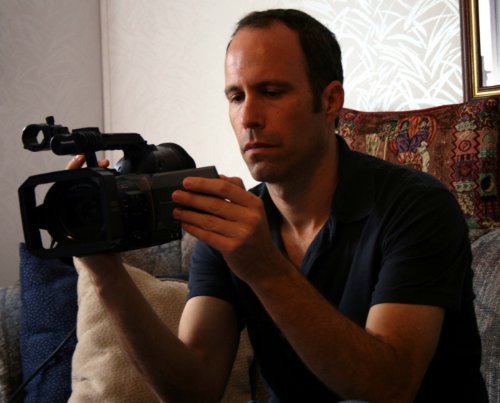
5. **”Cut!”: The Arbiter of Cinematic Takes**Following the intense energy initiated by “Action!” comes the equally critical command, “Cut!” This phrase is the director’s unequivocal signal that a take is concluded, immediately bringing all performance and recording to a halt. It’s a universal cue that communicates to every single person on set—from the actors mid-scene to the camera and sound crews—that the current shot is complete, allowing them to relax and await further instructions or assessments.
“Cut!” can be called for a myriad of reasons, reflecting the meticulous nature of filmmaking. It might signify a successful take, indicating the director is satisfied with the performance, technical execution, and overall feel of the shot. Conversely, it could be prompted by technical issues like camera malfunctions, unwanted noise, or lighting inconsistencies, or by performance issues such as flubbed lines, missed marks, or simply a scene not hitting the right emotional note as envisioned by the director.
Quentin Tarantino, known for his elaborate, long takes in films like “Pulp Fiction,” often uses “Cut!” not only for technical cessation but also to provide his actors a crucial moment to emotionally reset. This command marks a clear boundary between the immersive world of the scene and the practical, real-world dynamics of the set, offering a momentary reprieve that allows for evaluation, adjustment, and preparation for the next attempt. It’s a critical tool in the iterative process of shaping each cinematic moment.
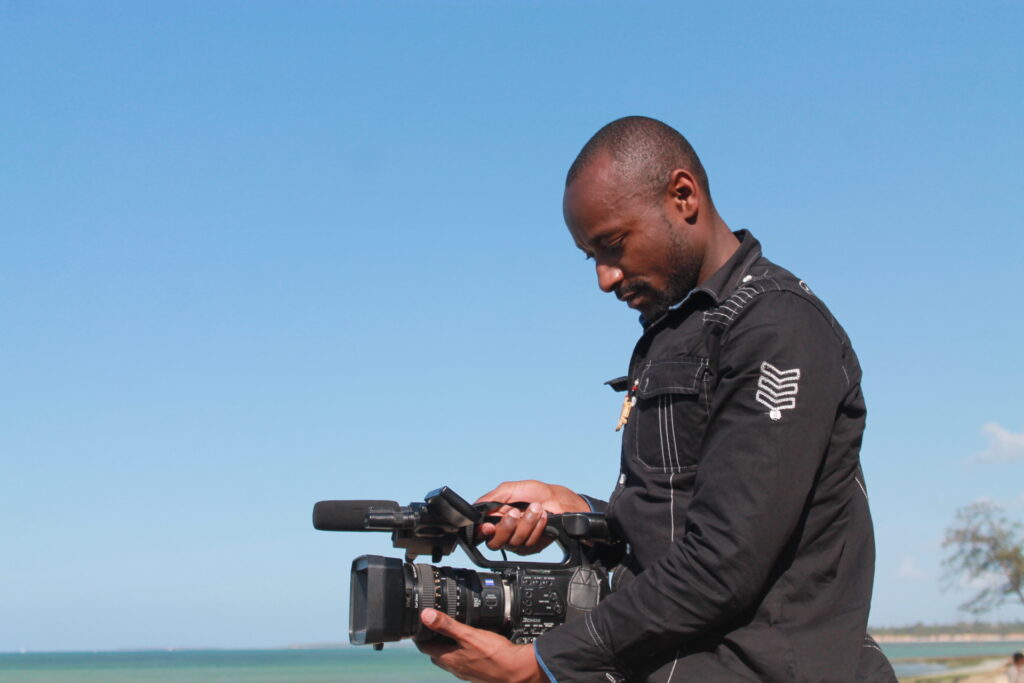
6. **”Roll Camera!”: The Green Light for Visual Capture**Before the actors launch into their performance with “Action!”, a more technical, yet equally vital, command resonates across the set: “Roll camera!” This phrase is the director’s direct instruction to the camera crew, specifically the camera operator, to begin rolling the film or, in contemporary productions, to start recording digital footage. It is a fundamental step in the sequence of commands that brings a scene to life, often immediately following the sound department’s confirmation of “Speed!” to ensure synchronized audio and visual capture.
The timing and precision of “Roll camera!” are paramount, particularly on sets demanding complex technical coordination. Directors like James Cameron, whose ambitious films such as “Avatar” and “Titanic” are replete with intricate visual effects, motion capture, and a multitude of interconnected elements, rely on this cue to ensure every visual aspect is captured with exacting precision. The call ensures that all visual components are initiated correctly and simultaneously, preventing costly reshoots or misalignments in post-production.
In essence, “Roll camera!” is the green light for the visual storytelling to commence. It’s a moment of focused anticipation, where all the pre-production planning, rigging, and camera setup culminate in the activation of the recording process. This command underscores the director’s role as the central orchestrator, bringing together the technical and artistic elements to meticulously craft the visual narrative that will ultimately unfold on screen, capturing the essence of their creative vision.

7. **”Speed!”: The Call for Sound**While the visual aspects of filmmaking often capture immediate attention, the integrity of a film’s audio is just as paramount, quietly shaping emotional impact and narrative clarity. This is where the command “Speed!” enters the scene, a pivotal phrase almost exclusively directed at the sound department. When a director utters “Speed!”, it’s a critical signal confirming that the sound recording equipment is operational, correctly synced, and ready to capture every whisper, explosion, or musical note with impeccable fidelity.
Historically, “Speed!” was a vital cue to ensure that the film camera and sound recorder were perfectly synchronized, both running at the correct speed to prevent audio-visual drift during playback. In today’s digital landscape, while the technical mechanics have evolved, the essence of the command remains unchanged. It serves as an unequivocal confirmation from the sound mixer that audio is indeed being recorded, providing the green light for the scene to proceed with confidence that no precious dialogue or ambient sound will be lost.
The synchronization confirmed by “Speed!” is indispensable, especially in films requiring high technical precision and lengthy, unbroken takes. Esteemed directors like Martin Scorsese, renowned for his intricate narrative constructions and seamless visual flow, frequently employ “Speed!” on the sets of his magnum opuses, such as “The Irishman.” This ensures that the complex interplay between sound and visuals is meticulously flawless, a testament to the rigorous attention paid to every detail in crafting a truly immersive cinematic experience.
Read more about: Are You Driving a ‘Show-Off’ Vehicle? The Top 10 Car Brands Prone to Speeding Tickets
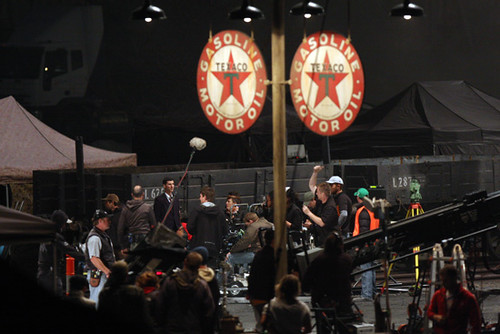
8. **”Quiet on Set!”: Establishing Silence**In the bustling, often chaotic environment of a film set, the call for “Quiet on set!” is more than just a request; it is an absolute necessity, transforming a vibrant workspace into a focused chamber of artistic creation. This command, typically issued by the director or first assistant director, serves as an immediate and universal directive for every single individual present to cease all non-essential noise and movement. It is the crucial precursor to the recording process, creating an pristine sonic canvas upon which the scene’s audio will be captured.
The significance of complete silence cannot be overstated, particularly for productions that hinge on the nuanced delivery of dialogue, intricate sound design, or musical performances. Any extraneous cough, whispered conversation, or shuffling foot can irrevocably contaminate a take, forcing costly and time-consuming reshoots. By demanding “Quiet on set!”, directors safeguard the audio integrity, allowing the subtle textures of performance and environment to be recorded without interference, thereby preserving the authenticity and emotional resonance of the scene.
A master of immersive soundscapes, Christopher Nolan exemplifies the meticulousness required for this command. On the sets of his epic films, such as the intensely sound-designed “Dunkirk,” Nolan demands absolute silence from his crew during critical moments of filming. This ensures that the actors remain undistracted, fully immersed in their roles, and that the sophisticated audio capture for his complex narratives is pristine, free from any unintended intrusions that could detract from the final, powerful cinematic effect.
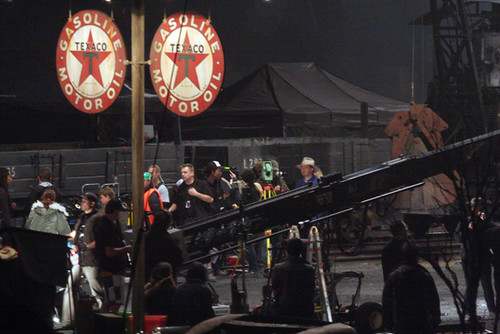
9. **”Check the Gate”: Ensuring Visual Integrity**Before a film crew can confidently “Move On” from a successfully captured take, there’s a vital, often symbolic, command that underscores a director’s meticulous attention to visual detail: “Check the gate!” This phrase, a poignant echo from the analog era of filmmaking, serves as a crucial precautionary measure to safeguard the pristine quality of the visual recording. It’s a moment of pause where vigilance prevents potential disasters, ensuring every pixel, or grain of film, is exactly as intended.
In the days of celluloid, a stray hair, a piece of dust, or even a tiny fiber could easily become lodged in the camera’s “gate”—the precise opening through which the film passed before exposure. Such an obstruction would tragically mar subsequent frames, rendering precious footage unusable. While modern digital cameras, with their advanced sensors and enclosed systems, are significantly less prone to such literal gate issues, the command “Check the gate!” has steadfastly endured as a standard practice. It acts as a powerful reminder to visually inspect the camera lens and sensor, ensuring they are impeccably clean and free from any imperfections that could compromise image quality.
This critical task typically falls to the assistant camera operator, who meticulously examines the camera’s internal components. Only after a thorough inspection, and the confident declaration of “Gate is clean!”, can the production confidently proceed to the next setup. This ritualistic phrase, deeply embedded in cinematic tradition, powerfully encapsulates a director’s unwavering commitment to achieving pristine visual quality, reflecting a dedication to craft that defines award-winning filmmaking.
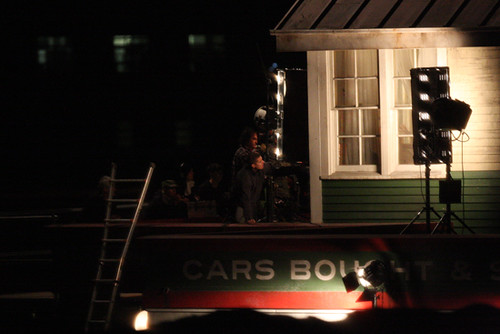
10. **Shot List Abbreviations: The Blueprint of Visuals**Beyond the immediate commands that orchestrate a single take, award-winning directors employ an even more intricate “secret language” to meticulously plan and execute their entire visual narrative: shot list abbreviations. These compact, universally understood codes are the shorthand of visual storytelling, allowing directors and cinematographers to condense complex camera movements, framing choices, and technical requirements into an efficient, precise blueprint for every scene. They are not merely jargon, but the very DNA of a film’s visual journey.
A shot list, in essence, is a comprehensive checklist for each scene, itemizing every specific shot needed to bring the director’s vision to life on screen. This detailed document is painstakingly prepared well in advance of actual shooting, serving as an indispensable guide for directors, assistant directors, and cinematographers alike. Whether a simple bulleted outline or an elaborate schematic, it ensures that no crucial visual element is overlooked, meticulously mapping out the cinematic coverage required to tell the story effectively.
The undeniable importance of shot list abbreviations lies in their unparalleled ability to facilitate rapid and unambiguous communication on a high-pressure film set. Time is an ever-dwindling commodity during production, and these abbreviations drastically reduce the need for lengthy explanations, ensuring that every department, from camera to lighting to grip, instantly comprehends the precise demands of the upcoming shot. This streamlined communication is paramount to maintaining momentum and avoiding costly delays, allowing the creative energy to flow unhindered.
These abbreviations transcend mere practical shorthand; they are the language through which a director’s innermost visual concepts are translated from imagination to tangible instruction. They empower creators to precisely map out intricate sequences, plan elaborate camera movements with surgical accuracy, and ensure every department is perfectly prepared for their role in capturing the desired frame. This meticulous approach, inherent in films celebrated for their visual innovation like “Inception” or “The Grand Budapest Hotel,” demonstrates how abbreviations streamline the creative process, allowing the crew to focus intently on execution rather than protracted explanation.
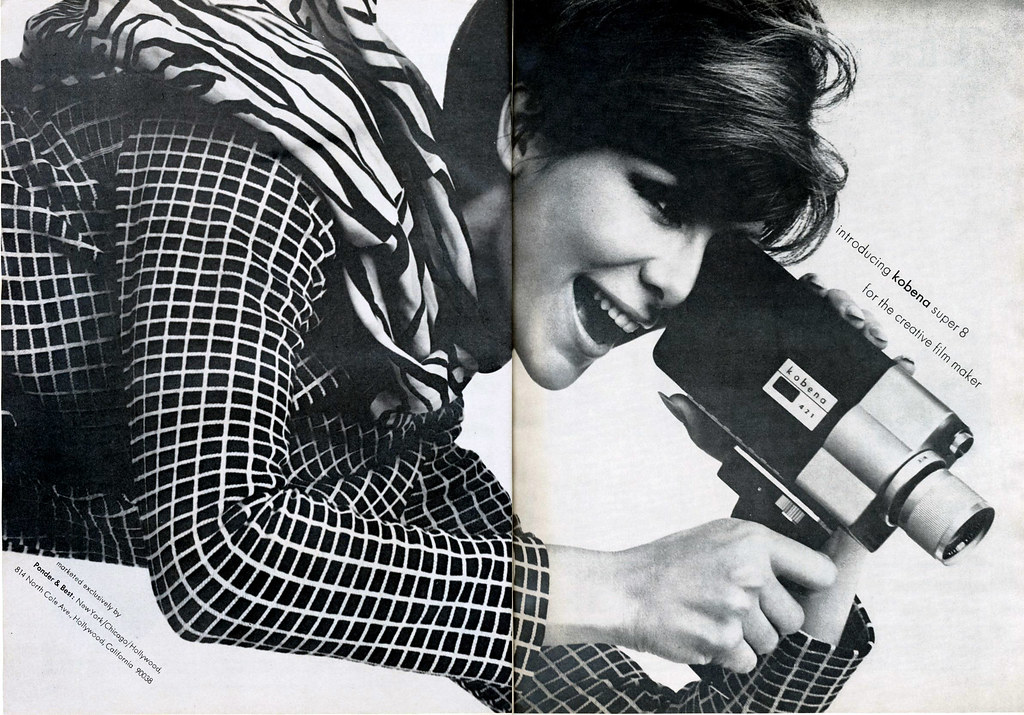
11. **Essential Shot List Abbreviations: Defining Framing and Movement**To truly decode the director’s visual language, one must first grasp the essential shot list abbreviations that define the fundamental framing and dynamic movement within a scene. These are the bedrock terms that establish the audience’s perspective and guide the emotional tenor of a moment, ensuring that every frame serves the overarching narrative. They provide a common lexicon that brings together the director’s artistic intention with the technical precision of the camera crew.
The core abbreviations for framing dictate how much of the subject and its surroundings are visible, profoundly influencing the audience’s intimacy with the characters or their understanding of the setting. “WS” (Wide Shot) establishes the scene, offering a broad perspective, while “MS” (Medium Shot) brings us closer, often capturing characters from the waist up, perfect for dialogue. “CU” (Close-Up) immerses us in facial expressions and intricate details, and “ECU” (Extreme Close-Up) magnifies a specific feature for dramatic effect. Furthermore, “OTS” (Over the Shoulder) places the viewer directly within a character’s interaction, and “POV” (Point of View) literally puts us in their shoes, offering a subjective glance into the narrative world.
Equally vital are the abbreviations that command camera movement, transforming static frames into dynamic visual journeys. A “PAN” denotes a horizontal swivel of the camera, smoothly revealing new aspects of a scene or following a character. “TILT” refers to a vertical movement, often used to reveal height or emphasize a character’s scale. More complex movements involve the camera physically traversing space: “DOLLY” or “ZOOM” either moves the camera closer to or farther from the subject, altering perspective and intensity, while “TRACK” entails moving the camera alongside a subject, maintaining a consistent distance and adding a sense of active participation in the scene. These movements are crucial for conveying energy, guiding attention, and sculpting the rhythm of cinematic storytelling.
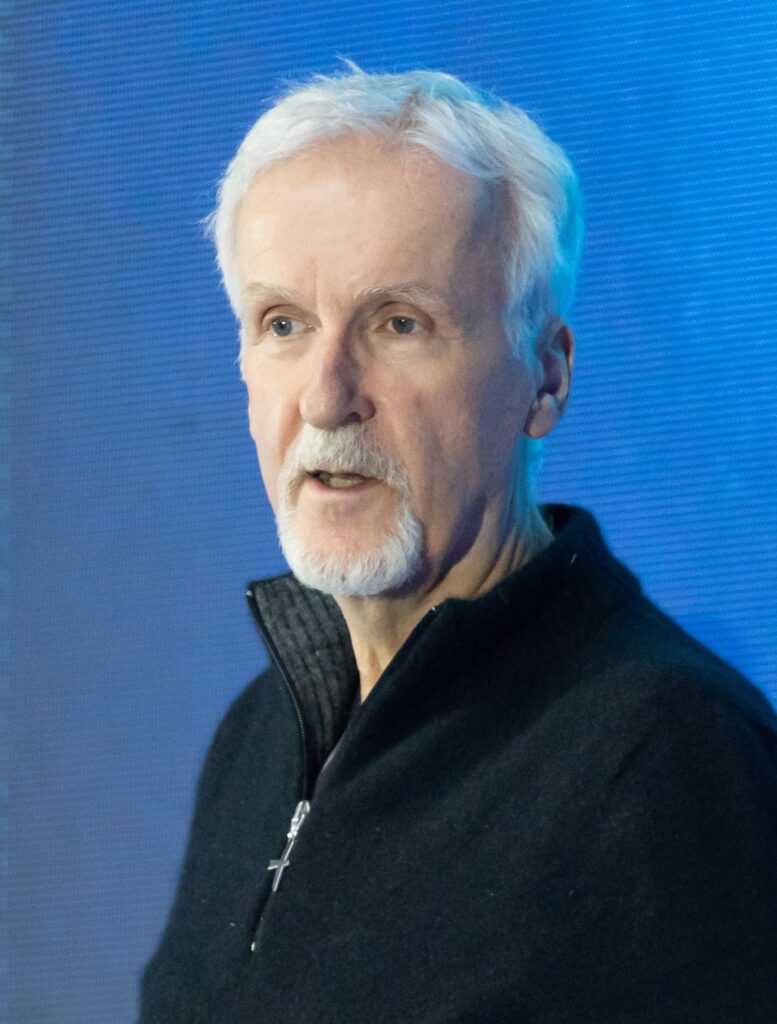
12. **Advanced Shot List Abbreviations: Elevating Cinematic Craft**While foundational abbreviations provide the necessary grammar of visual storytelling, advanced shot list abbreviations are where true cinematic innovation often takes flight. These are the specialized codes that allow directors and cinematographers to envision and execute complex, often groundbreaking, camera maneuvers and distinct visual styles that elevate a scene from merely good to truly unforgettable. They represent the director’s mastery in pushing visual boundaries and eliciting profound audience reactions through sophisticated craft.
Among these advanced techniques, the “Dolly Zoom” stands out as a prime example of a creative abbreviation. Pioneered in films like Alfred Hitchcock’s “Vertigo,” this technique involves simultaneously dollying the camera either forward or backward while zooming the lens in the opposite direction. The result is a disorienting, unsettling effect where the background appears to warp or expand while the foreground remains stable, powerfully conveying feelings of tension, dread, or psychological instability, making a moment intensely visceral.
Other advanced abbreviations enrich the visual palette with dramatic flair and unique perspectives. A “Whip Pan,” for instance, signifies a rapid horizontal camera movement that intentionally blurs the image, serving as an energetic transition between scenes or a sudden shift in focus, injecting urgency into the narrative. “Aerial” shots, captured from above, offer a majestic and expansive perspective, dramatically establishing location or emphasizing scale in a way that ground-level shots cannot. Even “MOS” (Mit Out Sound), while seemingly a technical note, can be a creative choice, signaling a segment where visual storytelling must stand alone, conveying emotion or action without the aid of synchronous audio, forcing a deeper reliance on purely visual cues.
These advanced abbreviations are far more than technical instructions; they are the language of audacious creativity, empowering directors to meticulously sculpt the emotional and thematic contours of their films. By incorporating such precise, innovative shorthand into their shot lists, filmmakers ensure that the intended mood, narrative strength, and visual impact are realized on screen with breathtaking accuracy. It is through this nuanced application of a complex visual vocabulary that award-winning directors truly distinguish their artistry, transforming mere footage into resonant, unforgettable cinematic experiences.
***
The director’s lexicon, from the imperative “Action!” to the subtle cues embedded within a meticulously crafted shot list, forms the invisible architecture of every great film. As we journey through the depths of subtext, symbolism, and the precise technical choreography of a film set, it becomes abundantly clear that these aren’t just arbitrary words or codes. They are the deliberate brushstrokes of a master artist, each command and abbreviation a testament to the filmmaker’s dedication to their craft, ensuring that every frame, every sound, and every emotional beat contributes to a cohesive, impactful story. The next time you lose yourself in a cinematic masterpiece, remember the secret language that brought it to life, and appreciate the profound skill that transforms a script into a living, breathing world, inviting us to see, hear, and feel the story in its most potent form.

